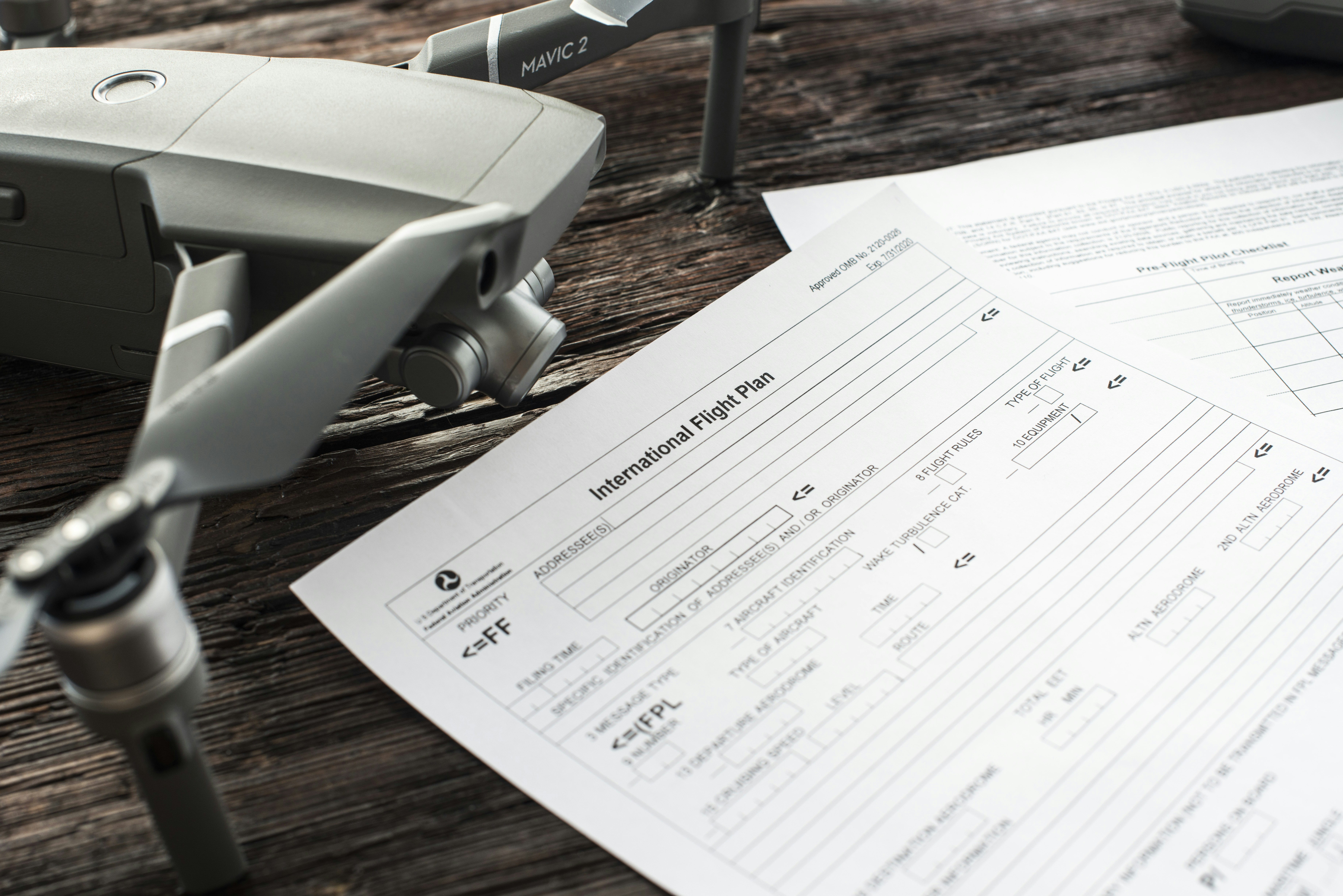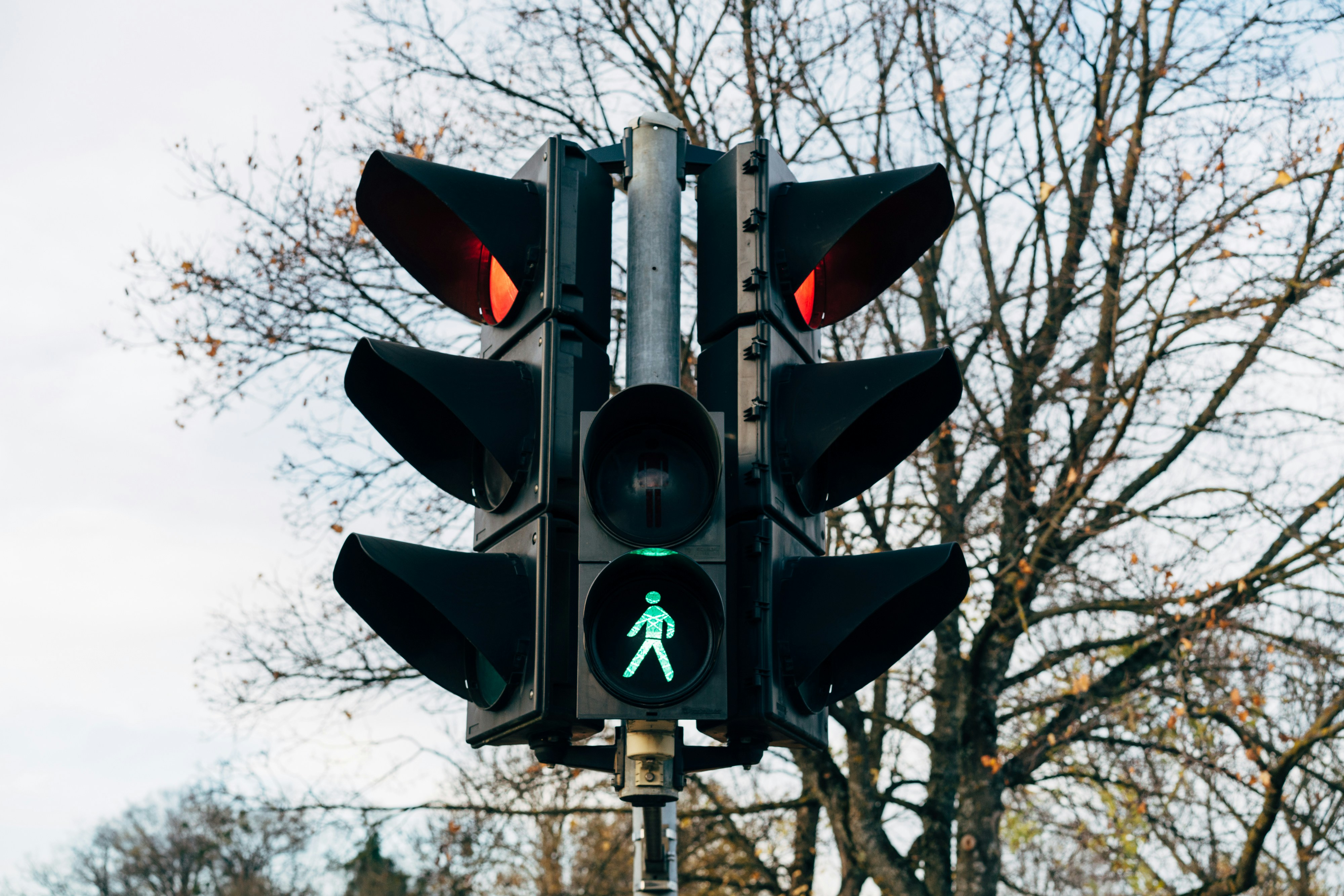If you’re planning a major plumbing project or renovation in your area, it’s important to know the regulations and permits that are required. From installing new plumbing fixtures to making structural changes, understanding the legal requirements can ensure a smooth and compliant project. In this article, we will explore the various regulations and permits that may be necessary for your plumbing undertaking. Whether you’re a homeowner or a contractor, this information will help you navigate the process with ease and confidence. So, let’s dive into the world of plumbing regulations and permits in your area!
Building Codes and Regulations
Building codes and regulations are essential guidelines that ensure the safety and quality of construction projects, including major plumbing projects and renovations. These codes are set by local authorities and cover several aspects, such as structural integrity, plumbing systems, accessibility, and more. Familiarizing yourself with these codes is crucial to ensure compliance and avoid potential legal issues in your area.
Local Building Codes
Local building codes vary from one jurisdiction to another, so it’s necessary to understand and abide by the specific regulations in your area. These codes provide detailed requirements for various aspects of construction, including plumbing systems. They cover areas such as pipe materials, venting, drainage, and fixture placement. Consulting with your local building department or hiring a licensed contractor who is well-versed in these codes can help ensure your plumbing project meets all requirements.
Plumbing Codes
Plumbing codes are a subset of building codes and focus specifically on the installation, maintenance, and design of plumbing systems. These codes set standards for materials, methods, and performance to ensure the safe and efficient functioning of plumbing fixtures and systems. They address issues such as water supply, drainage, backflow prevention, and more. Complying with plumbing codes is crucial not only for ensuring safety but also for avoiding potential damage to your property’s plumbing system.
Accessibility Requirements
In addition to building and plumbing codes, accessibility requirements are another important aspect to consider in your plumbing projects. These regulations ensure that individuals with disabilities can access and use a property’s plumbing facilities. They cover aspects such as grab bars, wheelchair accessibility, clear floor space, and more. Adhering to accessibility requirements not only ensures compliance with the law but also promotes an inclusive environment for all individuals.
Permits and Licenses
Obtaining the necessary permits and licenses is a crucial step before starting any major plumbing project or renovation. These permits and licenses ensure that the project meets all legal and safety requirements and provide a level of assurance for homeowners.
Building Permit
A building permit is typically required for major plumbing projects and renovations. This permit verifies that your project complies with local building codes and regulations. To obtain a building permit, you will likely need to submit detailed plans and specifications for your plumbing project. The building department will review these documents and conduct inspections throughout the construction process to ensure compliance.
Plumbing Permit
In addition to a building permit, you may also need a plumbing permit specifically for your plumbing project. This permit focuses on the plumbing aspects of your project and ensures that the installation and modifications meet plumbing codes and regulations. It is important to note that not all jurisdictions require separate plumbing permits, as some include plumbing regulations within the building permit process. Consulting with your local building department will help determine the specific permits required for your project.
Contractor License
If you plan to hire a contractor for your major plumbing project or renovation, it is crucial to ensure they have the necessary licenses and certifications. Hiring a licensed contractor provides peace of mind knowing that they have met specific requirements and have the expertise to handle your project properly. Verify the contractor’s license with the appropriate licensing board or agency in your area to ensure they are qualified and up to date with all regulations.
Hiring a Licensed Contractor
When it comes to major plumbing projects or renovations, hiring a licensed contractor is highly recommended. Doing so offers several advantages and helps ensure the success of your project.
Importance of Hiring a Licensed Contractor
Licensed contractors have undergone the necessary training and education to obtain their license. This demonstrates their knowledge and competency in handling plumbing projects. Hiring a licensed contractor provides assurance that they understand and adhere to the relevant building and plumbing codes and regulations. They can help you navigate the permit application process, ensure compliance during construction, and deliver a safe and well-executed project.
Checking Contractor’s License and Insurance
Before hiring a contractor, always verify their license and insurance coverage. Request the contractor’s license number and check its validity with the appropriate licensing board or agency in your area. Additionally, ensure that the contractor has adequate insurance, including general liability insurance and workers’ compensation coverage. This protects you from liability in case of accidents or damage that may occur during the project.
Getting Multiple Quotes
To make an informed decision, obtain multiple quotes from different licensed contractors. This allows you to compare prices, services, and expertise. However, keep in mind that the lowest quote may not always be the best option. Consider the contractor’s experience, reputation, and past projects when making your decision. A reliable and experienced contractor may have higher quotes but can deliver superior quality work and ensure compliance with regulations.
Plumbing Inspections
Plumbing inspections are a critical part of the construction process and are typically required at various stages to ensure compliance and safety. Understanding the different types of plumbing inspections can help you plan and prepare accordingly.
Pre-Construction Inspection
Before starting your major plumbing project or renovation, a pre-construction inspection is usually required. This inspection involves reviewing the plans and specifications to ensure they meet all applicable codes and regulations. The inspector will assess factors such as proper fixture placement, drainage design, venting systems, and pipe materials. Addressing any issues or concerns found during the pre-construction inspection will help prevent costly rework or delays in the future.
Mid-Construction Inspection
During the construction process, mid-construction inspections are conducted to review the completed plumbing work up to a certain stage. The inspector will assess if the work meets the required standards and regulations. This inspection ensures that the plumbing installation is being carried out correctly and can help identify any potential issues that need to be addressed before continuing with the project.
Final Inspection
The final inspection is conducted once the major plumbing project or renovation is completed. The inspector will thoroughly examine the entire plumbing system to ensure it complies with all applicable codes and regulations. This includes checking fixtures, drains, venting, and ensuring proper connection to the water supply. Passing the final inspection is crucial as it verifies that your project meets all required standards and can provide peace of mind for both homeowners and local authorities.
Types of Major Plumbing Projects
Major plumbing projects or renovations can significantly enhance the functionality and value of your property. Understanding different types of projects can help you better plan and determine the scope of your own project.
Bathroom Renovations
Bathroom renovations often involve replacing or updating fixtures, adding new plumbing elements, or redesigning the layout to improve functionality and aesthetics. These projects may include tasks such as installing new sinks, toilets, showers, or bathtubs. Additionally, bathroom renovations may require rerouting plumbing lines or upgrading systems to meet current codes and standards.
Kitchen Renovations
Kitchen renovations focus on updating or remodeling the heart of your home. These projects often involve installing new sinks, faucets, dishwashers, or garbage disposal systems. Plumbing lines may need to be moved or modified to accommodate changes in the kitchen layout. It is important to consider the specific plumbing requirements for appliances and ensure proper ventilation and drainage for the sink area.
Basement Plumbing
Optimizing a basement space often requires plumbing installations or modifications. Whether you plan to create an additional bathroom, laundry room, or wet bar in the basement, understanding the plumbing requirements is essential. Adequate drainage, venting, and waterproofing measures are crucial to prevent water damage and ensure proper functioning of these spaces.
Determining the Scope of the Project
Determining the scope of your major plumbing project is a crucial step in planning and executing the work effectively. Several factors should be considered during this process.
Assessing the Plumbing System
Start by assessing the existing plumbing system to understand its condition and capacity. Identify the location of water supply lines, drainage lines, and venting systems. This evaluation will help determine if any modifications or upgrades are required to meet the current codes and regulations. Consulting with a licensed plumber can provide valuable insights and ensure an accurate assessment.
Identifying Potential Issues
During the assessment phase, identify any potential issues or challenges that may arise during the project. Look for signs of leaks, corrosion, or outdated components that may require attention. Addressing these issues early on will help prevent unexpected surprises and budget overruns.
Planning the Project
Detailed planning is essential for ensuring a successful major plumbing project. Outline the specific changes or additions you want to make, create a timeline, and consider the materials and fixtures needed. Start the permit application process early to allow for any required approvals or inspections. Collaborating with a licensed contractor or plumber can greatly assist in the planning process, ensuring that all necessary considerations are taken into account.
Locating Underground Utilities
Before starting any major plumbing project, it is crucial to locate and identify underground utilities to avoid potential damage or accidents. Taking this step early on will help prevent costly repairs and ensure the safety of the construction process.
Contacting Utility Companies
Contacting the utility companies in your area is the first step in locating underground utilities. They can provide you with information on the location of water lines, sewer lines, and gas lines. Schedule a utility locator to visit your property and mark the locations of these utilities. Always remember that digging without proper knowledge of underground utilities can lead to serious consequences, including injury and property damage.
Locating Water and Sewer Lines
Water and sewer lines are important components of your plumbing system, and their location is crucial when planning major plumbing projects. The utility locator will mark the location of these lines on your property. Knowing the position of these lines will help you determine if any modifications or connections are necessary for your project. If you are unsure about the location or condition of these lines, consulting with a licensed plumber or utility professional is highly recommended.
Handling Gas Lines
If your major plumbing project involves modifications to gas lines, it is crucial to handle them with utmost care and adhere to specific regulations. Gas leaks can be extremely dangerous and require professional expertise. Always consult with a licensed plumber or gas professional to ensure proper handling, installation, or modification of gas lines. Following safety protocols and obtaining necessary permits and inspections is crucial to protect yourself and your property.
Water Supply and Drainage Requirements
Water supply and drainage requirements play a vital role in the successful operation of your plumbing system. Understanding these requirements and ensuring compliance is crucial for maintaining a well-functioning plumbing system.
Water Pressure Regulations
Water pressure regulations dictate the maximum and minimum water pressure allowed in a plumbing system. Excessive pressure can cause damage to fixtures, pipes, and even appliances, while inadequate pressure can result in poor performance. Familiarize yourself with the water pressure regulations in your area and ensure that your plumbing project complies with these standards. A licensed plumber can help assess and adjust water pressure as needed.
Water Heater Installation
If your major plumbing project involves installing or replacing a water heater, specific regulations and considerations come into play. The size and type of water heater must meet the needs of your household while adhering to local building and plumbing codes. Proper ventilation, safety features, and compliance with energy efficiency standards are also key factors to consider during water heater installation.
Drainage System Compliance
Proper drainage is essential to prevent water damage and maintain the functionality of your plumbing system. Major plumbing projects may involve adding or modifying drain lines, requiring compliance with specific regulations. Ensuring the correct slope, pipe diameter, and venting eliminates the risk of blockages and helps maintain a healthy drainage system.
Backflow Prevention
Backflow prevention is a critical aspect of plumbing systems that safeguards against the contamination of potable water. Understanding backflow, installing appropriate prevention devices, and conducting regular inspections are vital for ensuring the safety and integrity of your plumbing system.
Understanding Backflow
Backflow occurs when the flow of non-potable water or substances reverses and enters the potable water supply. This can happen due to changes in water pressure or negative pressure events. Contaminants from sources such as irrigation systems or chemical backflow can pose serious health risks if they enter the drinking water supply. Understanding backflow and its potential causes will help you take appropriate measures to prevent contamination.
Backflow Prevention Devices
Backflow prevention devices, such as backflow preventers, are installed in plumbing systems to prevent the reverse flow of water and contaminants. These devices act as barriers to protect the potable water supply. Depending on the specific requirements in your area, different types of backflow prevention devices may be mandated for various applications. Consulting with a licensed plumber or plumbing inspector will help determine the necessary devices and ensure their proper installation.
Inspections and Annual Testing
Regular inspections and annual testing of backflow prevention devices are essential to guarantee their effectiveness. Local regulations often require these inspections and testing to ensure the continued protection of the potable water supply. Licensed plumbers or certified backflow testers typically conduct these inspections and tests. Compliance with inspection and testing requirements demonstrates your commitment to maintaining a safe and reliable plumbing system.
Environmental Considerations
Considering environmental factors in your major plumbing projects or renovations can have a positive impact on sustainability, efficiency, and water quality.
Waste Disposal Regulations
Proper waste disposal is crucial for protecting the environment and ensuring compliance with local regulations. Waste materials generated during major plumbing projects, such as excess pipe or fixtures, need to be disposed of responsibly. Segregate recyclable materials and hazardous waste, such as old plumbing fixtures or paints, and dispose of them at designated facilities. Adhering to waste disposal regulations promotes sustainability and minimizes the environmental impact of your project.
Efficiency and Conservation Measures
Major plumbing projects offer an excellent opportunity to improve water efficiency and conservation. Consider measures such as installing low-flow fixtures, water-efficient appliances, or implementing greywater recycling systems. These initiatives reduce water consumption, lower utility bills, and contribute to environmental sustainability. Research local efficiency programs or incentives that may be available to support water conservation efforts.
Water Quality Standards
Maintaining water quality is crucial for the health and well-being of your household. When undertaking major plumbing projects, ensure compliance with water quality standards and regulations. Considerations may include selecting lead-free plumbing materials, installing appropriate filtration systems, or addressing any existing water quality issues through treatment options. Prioritizing water quality as part of your plumbing project ensures the delivery of clean and safe water to your taps.
In conclusion, major plumbing projects or renovations require careful consideration of building codes, regulations, permits, and licenses. Understanding local requirements, hiring a licensed contractor, and obtaining the necessary permits are essential steps to ensure compliance with applicable building and plumbing codes. Conducting plumbing inspections at various stages of the project helps verify compliance and ensure the proper functioning of the plumbing system. Determining the scope of the project, locating underground utilities, and complying with water supply, drainage, and backflow prevention requirements are crucial aspects of major plumbing projects. Environmental considerations, such as waste disposal regulations, efficiency measures, and water quality standards, contribute to sustainability and the overall success of your project. By following these guidelines and working with professionals, you can achieve a safe, efficient, and compliant plumbing system that enhances the functionality and value of your property.



